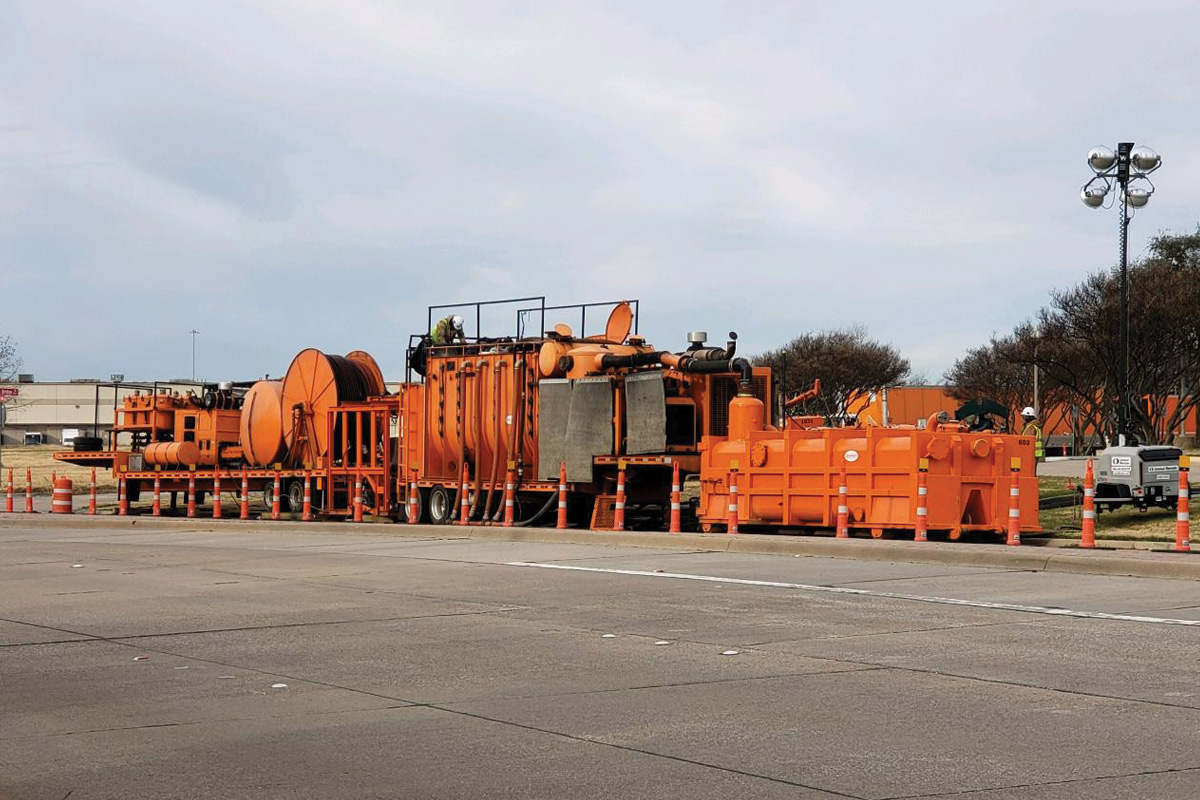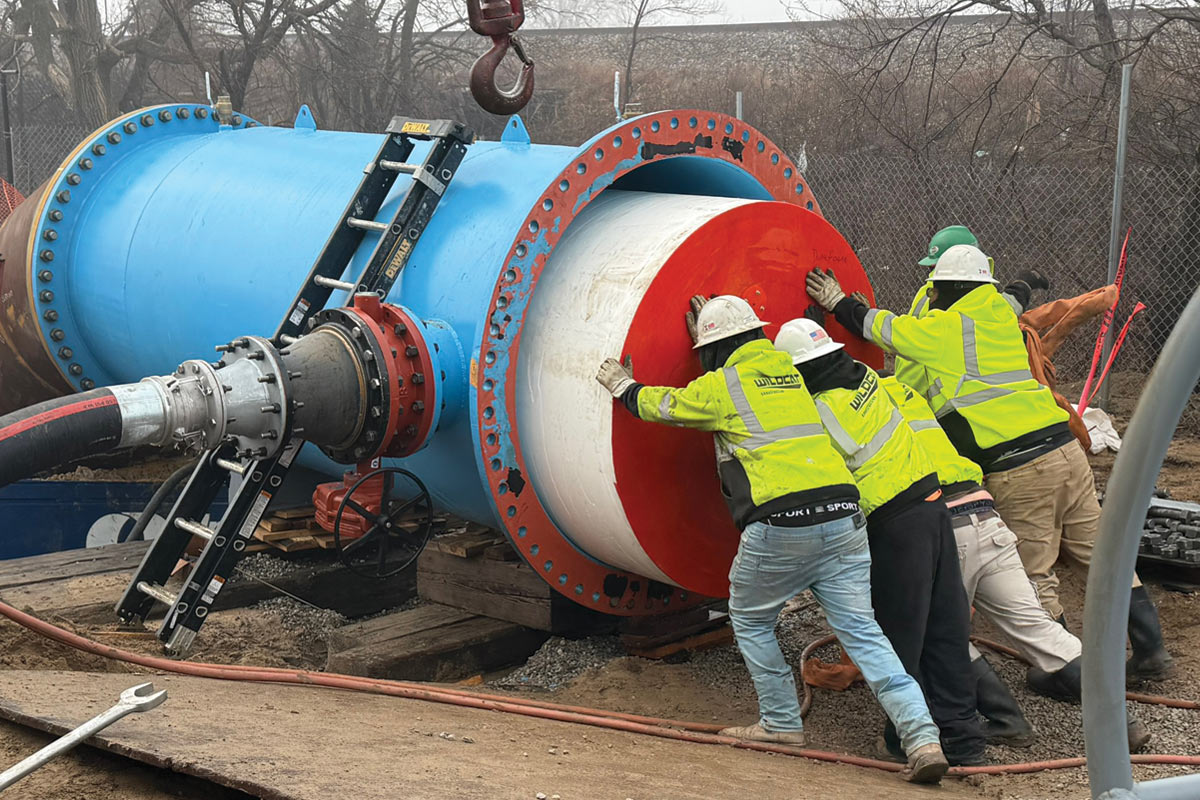
How to Choose the Truck Jet for Your Specific Application
Although combination sewer cleaning trucks with both jetting and vacuum capabilities seem to dominate the marketplace in terms of attention from both manufacturers and users, jet trucks or “straight jets” offer a long list of benefits that should not be ignored when you consider your next piece of cleaning equipment. All-weather capabilities, initial purchase price, cost of maintenance, maneuverability, ease of use, water capacity, versatility and safety are just a few of the benefits that owners can realize by choosing a jet truck that fits their needs.
RELATED: How to Select a Recycling Sewer Cleaner
Choosing the proper jet truck would appear to be an easy task on the surface, the vast variety of available configurations makes it important to understand what is available and assess the importance of available features based on your application.
Size
The logical starting place in
determining the proper package is to start with the size of the truck desired.
Small Truck Jetters
- 300- to 700-gallon water tank capacities
- Mounted on a typical dually chassis
- Offer exceptional maneuverability, minimal height and length measurements
- Avoid the need for a CDL driver
- 18 to 40 gpm with pressures from 2,000 to 4,000 psi
- Sewer hose sizes are ½-in. or ¾-in. for cleaning up to 12-in. mainlines
Mid-Sized Jetters
- 1,000- to 1,200-gallon water tank capacities
- Require CDL rated chassis
- 40 to 65 gpm pumps
- ¾-in. or 1-in. sewer hose for cleaning up to 24-in. mainlines
Full-Size Truck Jets
- 1,500- to 4,500-gallon water tank capacities
- Single axle units with total lengths of approximately 23 ft
- 4,500-gallon units require a chassis with three rear axles
- 55 to 80 gpm with pressures
2,000 to 3,000 psi - 1-in. sewer hose for cleaning up to 48-in. mainlines
Design and Construction
Manufacturers’ philosophies on design vary from simple to complex. Some use traditional 12-volt control systems while others utilize CANbus communication to control highly computerized systems. User interfaces range from simple switches and traditional hydraulic levers to advanced touch screens with a multitude of functions. Take into consideration the following before choosing a truck jet: how long you intend to keep the same truck, the experience level of your operators and whether or not you desire to do your own, in-house repairs after your warranty period has expired. If your intention is to operate your truck for many years, do in-house repairs and keep a low training curve for operators, the truck suited for you would be a 12-volt electrical system. If you plan to outsource repairs to factory-authorized dealers, then a computerized truck with proprietary software would not be a large hurdle to overcome.




